Nauticam's newest lens is the MFO-1, the Mid-range Focus Optimiser (PN 81501). When Nauticam first launched this lens at the end of 2024, we had a lot of questions. Primarily: huh? Followed by: what?
We'd like to share some of the information we've gathered here for you to help you understand too! And anyone who's bought one and wants to share their experience, we'd love to hear from you too.
Solving problems in macro: Focus
This is the big issue in macro photography. Getting that focus sharp can be an absolute nightmare. Combine that with fast-moving subjects and you start to understand the allure of photographing slow-moving nudibranch!
The two main reasons for difficulty achieving focus are:
- Shallow depth of field
- Focus Hunting
Shallow depth of field is part-and-parcel of the macro enthusiasts experience. It's generally just part of the gig with macro photography, regardless of terrain. What's a special challenge for underwater macro photographers is focus hunting, which can be partially caused by that narrow depth of field, especially with swiftly moving subjects.
The MFO-1 helps correct these lens issues by converting the focus range of your lens to 12.5cm–114cm (depending on the lens used with it). Widening this field of view makes your subject easier to lock focus on, and easier to retain focus with – even when they're moving a lot.

In addition, the MFO-1 improves colour, clarity and focus.
The MFO-1 has only a very small magnification level, meaning that you can use it with your macro lens and still get similar results as without, but you get all of the benefits of using Nauticam optics!
(Magnification varies a bit depending on what lens you're using , for example, with the Nikon AF-S VR Micro-NIKKOR 105mm f/2.8G IF-ED, you get up to 1.2X magnification at MFD, and with the Canon RF 100mm f/2.8, you'll get up to 1.6X magnification. If you want to know the specifics with your lens, check the chart, or give us a shout and we can help.)
What are conversion lenses anyway?
Nauticam optics are designed and engineered for exclusive use underwater. You may have noticed their lenses have names like "converter" or "conversion port". This is why. They aren't just wet lenses, they're conversion lenses, designed to correct your regular lens for underwater use.
All Nauticam conversion lenses improve colour, clarity and reduce abberations.
Typically, Nauticam underwater conversion engineering is only applied to their optics, rather than their regular ports. This is because if you have it on both the port and on the wet lens, it won't work properly.
Alex Mustard talks about this is the video below. (It's cued it up at the part where they talk about the MFO-1, but you can scrub back if you want to to learn a bit about the SMC-1 too.)
This is the 70th Episode of the Underwater Photography Show. The show is hosted by Alex Mustard (http://www.amustard.com) and Matthew Sullivan (http://www.9milesnorth.com).
The forum that they flash up on-screen in the video can be found here if you'd like to see some of the early conversation about it. Interesting conversation!
If you'd like to see some images taken with the MFO-1, please see our gallery below!
Gallery
FYI, these images don't look as sharp here as they do in real life as they are lower res to upload to the website.
Click on the images to enlarge!
Images below © Alex Tattersall





Images below © Mean Mora
(Our banner image is also by Mean.)









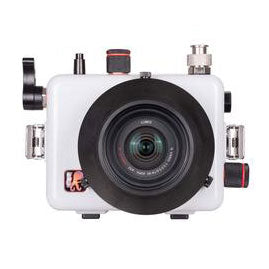
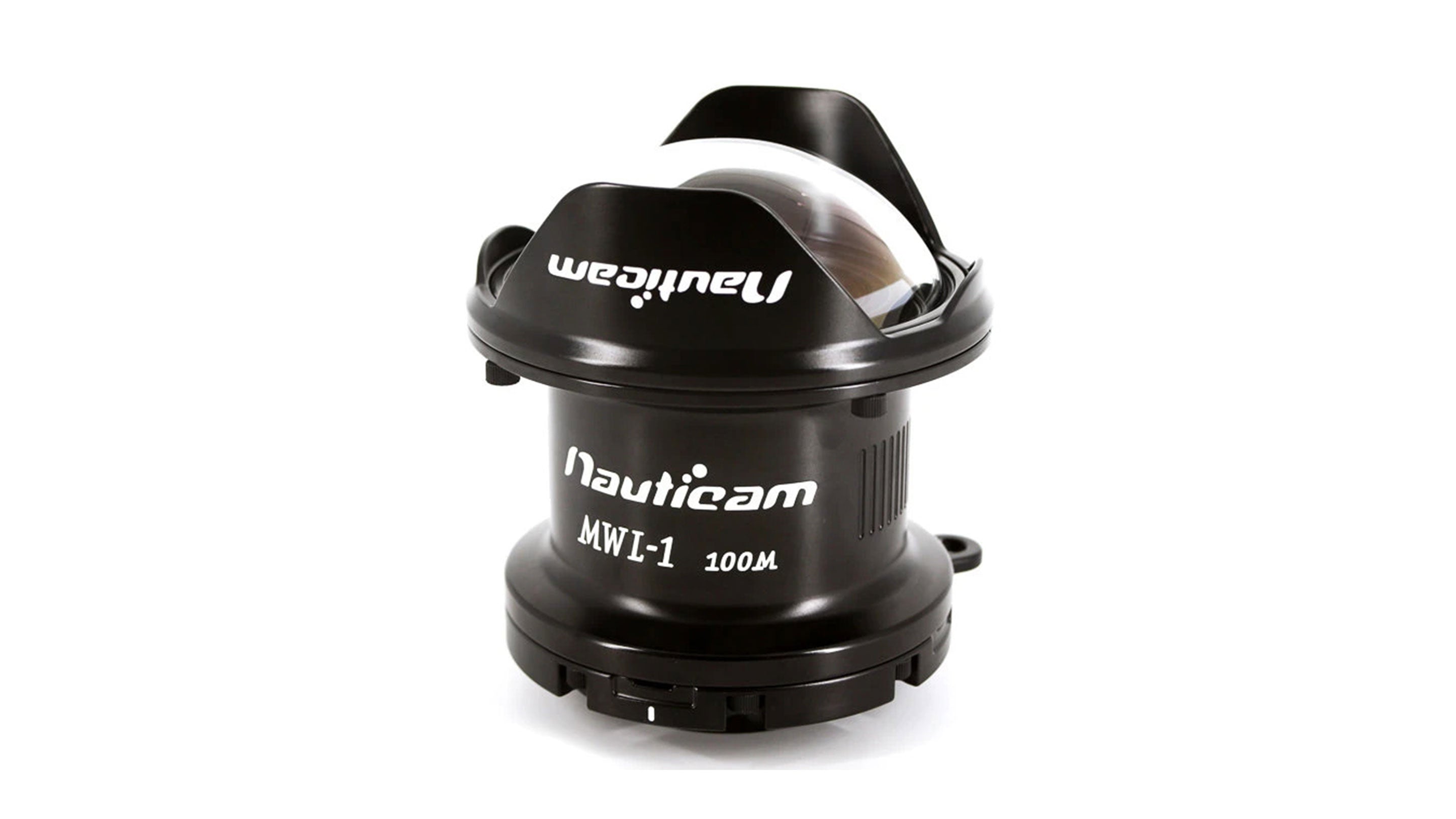
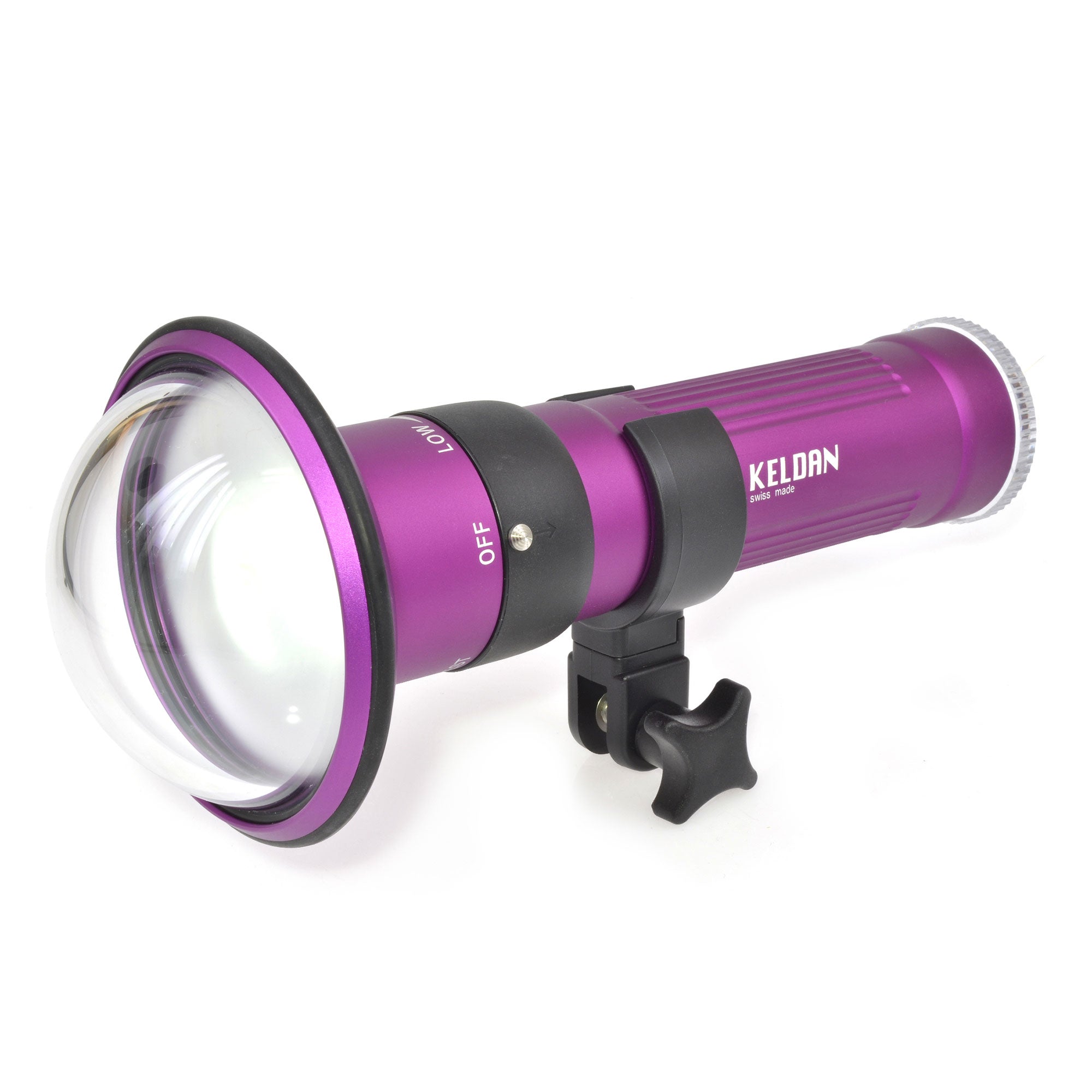
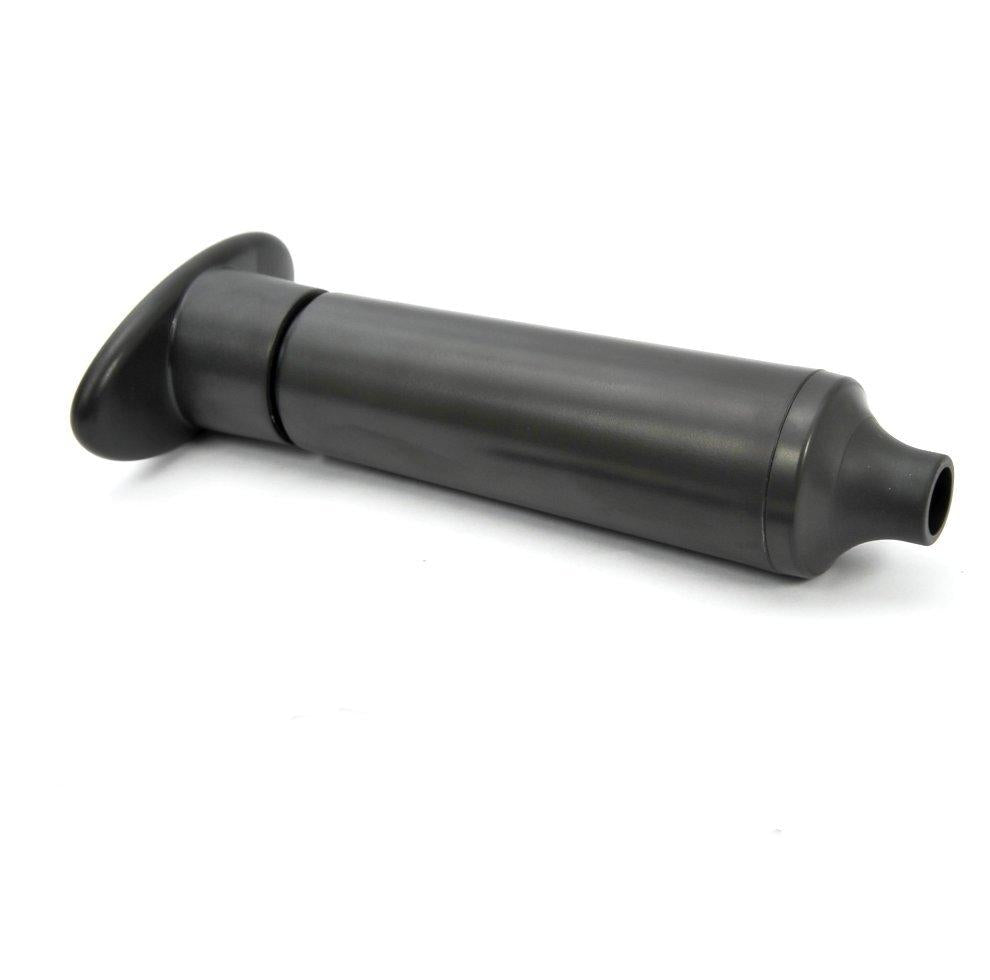




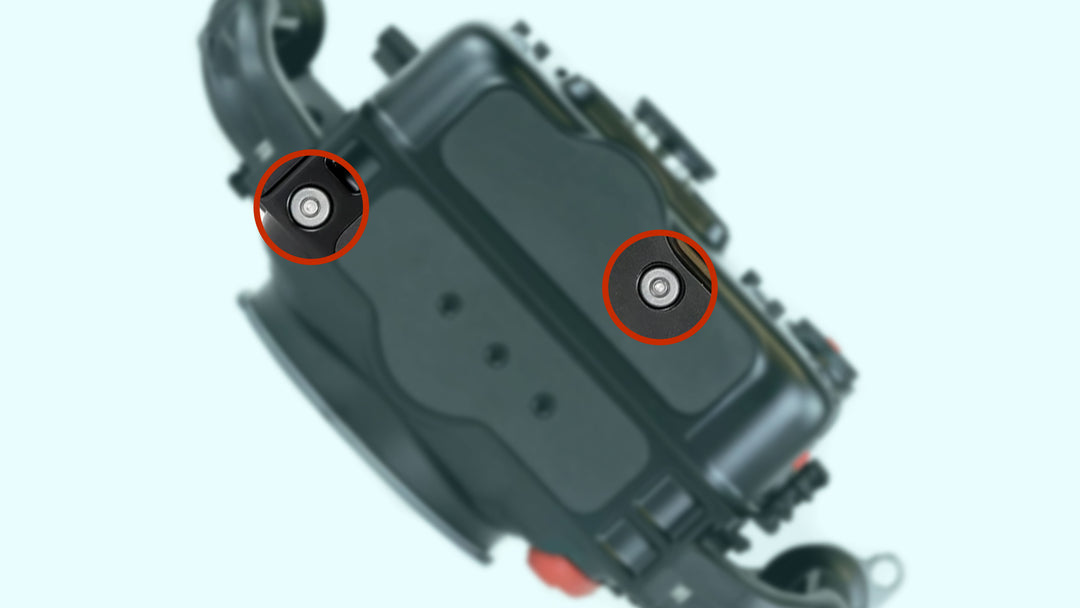
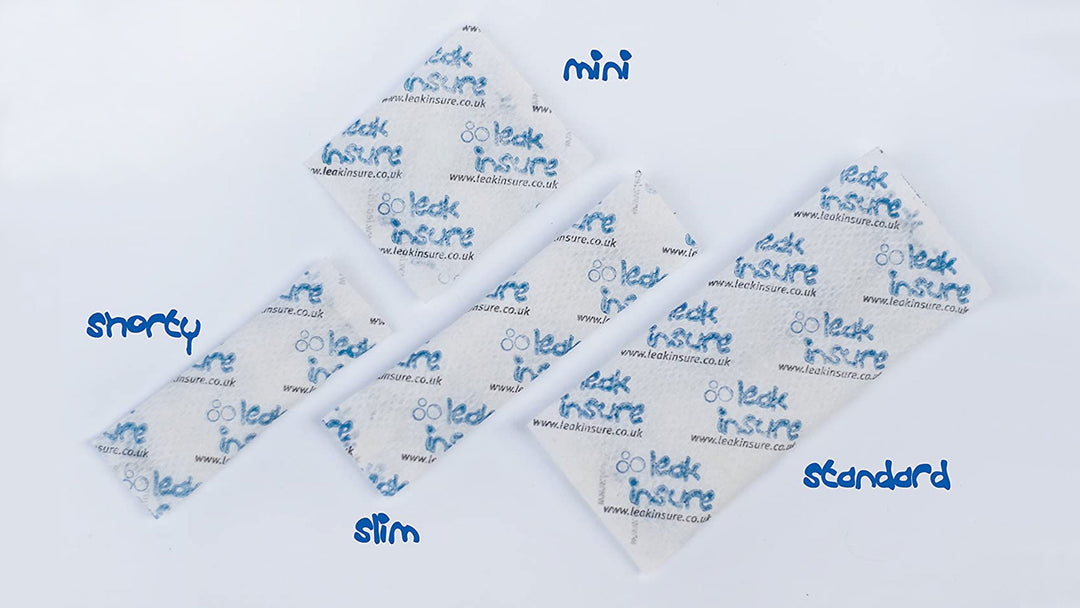
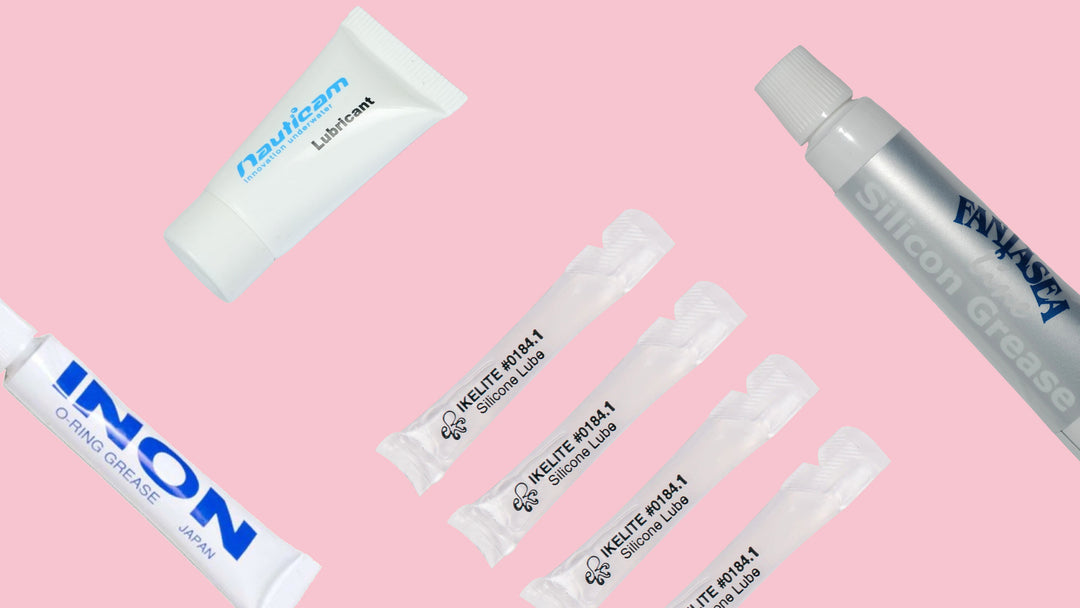
Leave a comment